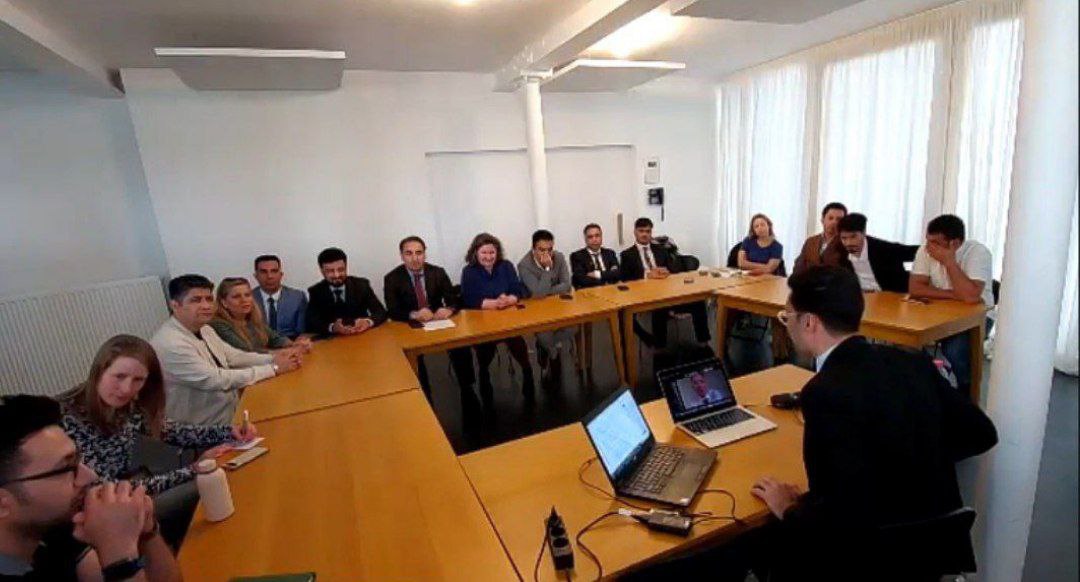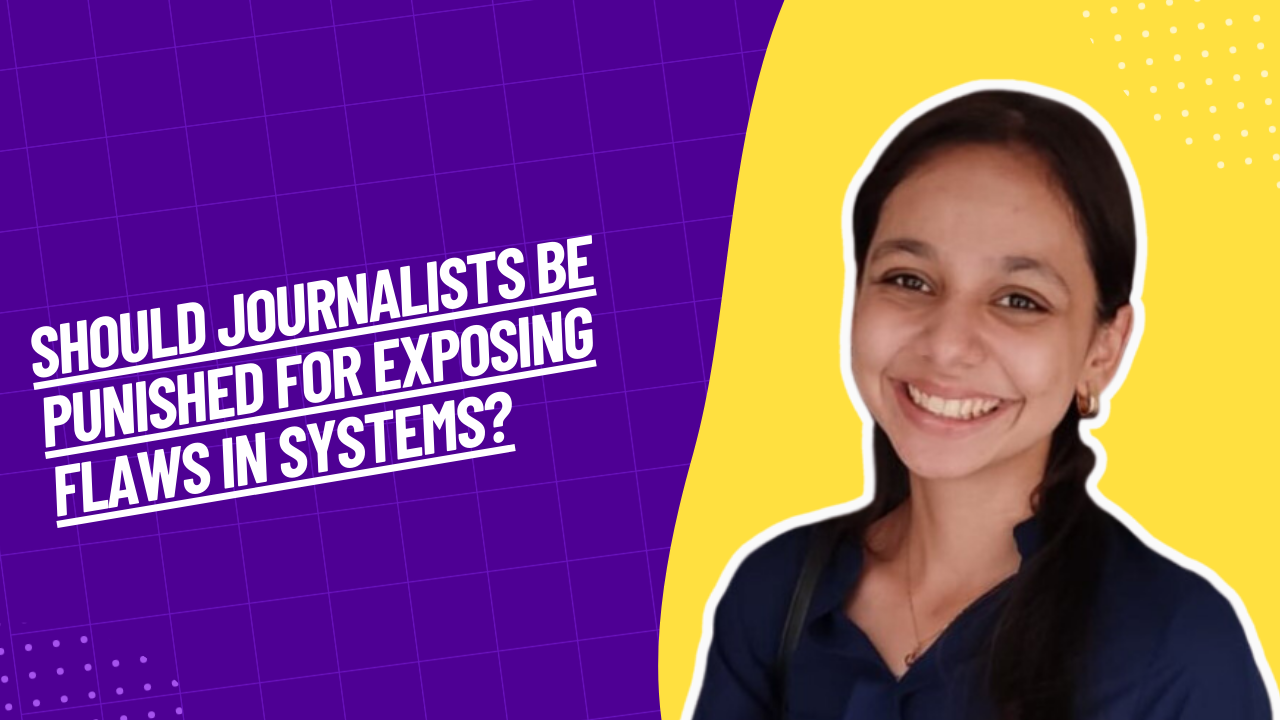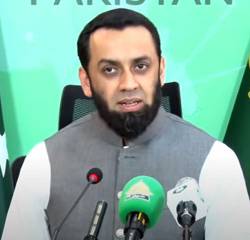
Five Afghan Journalists Honored with 2025 ‘Journalist of the Year’ Award
April 29, 2025
Debayan Roy’s Aadhaar Sting: A Legal Crossroads for Press Freedom and Public Interest
April 29, 2025April 29, 2025 – Pakistan/India –
Pakistan has strongly condemned India’s recent decision to block several Pakistani media YouTube channels and ban the appearance of Pakistani journalists and analysts on Indian television. The action was taken following the fallout from coverage related to the Pahalgam attack in India, which Pakistan claims was inaccurately portrayed and misrepresented in Indian media.
According to Pakistani authorities, at least 16 YouTube channels and several media outlets were blocked by India for what it claimed was the spread of misinformation. However, Pakistani officials, including Information Minister Attaullah Tarar, argue that these channels were merely presenting an alternative narrative and exposing inconsistencies in the Indian government’s official version of the Pahalgam incident. Tarar insisted that the blocked content aimed to clarify Pakistan’s stance and present a balanced account of the events.
Speaking at a press briefing, Tarar stated that India’s move reflects an increasing intolerance toward press freedom and divergent viewpoints. He lauded the Pakistani media for playing a vital role in defending the country’s narrative internationally and denounced the ban as “undemocratic” and “unjustified.” He added that such restrictions reveal the Indian government’s unwillingness to allow open discussion, especially when its accounts are challenged.
The Pakistani government emphasized that the crackdown on the media violates principles of free expression and further strains diplomatic relations. Officials noted that blocking cross-border communication on social platforms stifles journalistic inquiry and deepens misinformation rather than correcting it.
Indian authorities, meanwhile, have defended the move by citing national security concerns and claimed that the banned platforms were spreading anti-India rhetoric and inciting unrest. The Ministry of Home Affairs emphasized that the blocked content had potential links to misinformation campaigns.
This development adds to the already tense media landscape between the two countries, where mutual censorship and the politicization of media have long been sources of contention. International observers and rights organizations have expressed growing concern over the escalating trend of media restrictions in South Asia, warning of the long-term implications for press freedom and regional stability.
The ban, its motivations, and the broader implications are likely to remain points of diplomatic friction and journalistic debate.
Reference –




